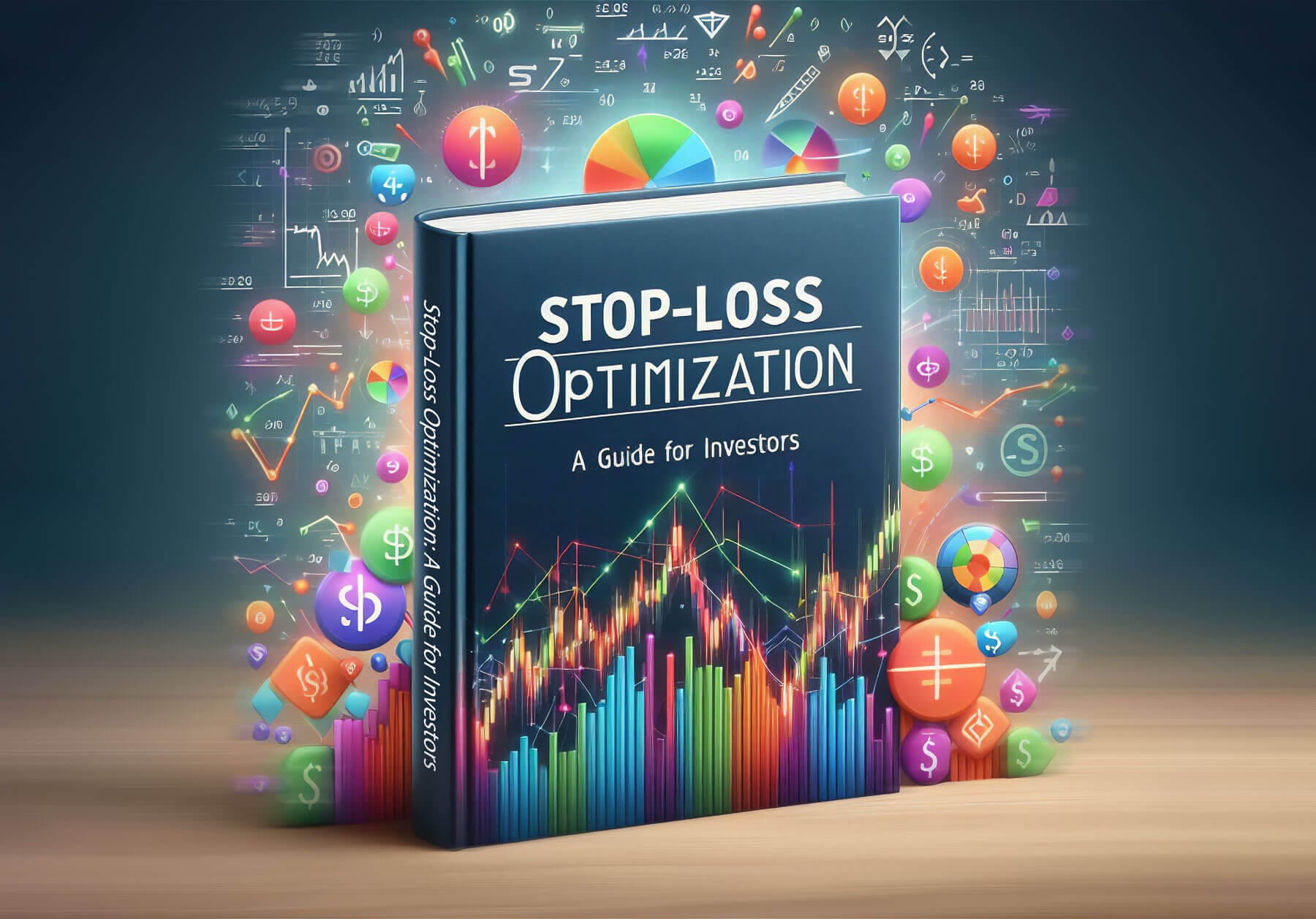More than just a safety net, stop-loss orders are a strategic part of any savvy investor’s arsenal, designed to protect capital and tame the wild swings of the market. In the financial world, where certainty is a luxury and volatility is the norm, managing risk is more than just a cautionary tale.
What Exactly Are Stop-Loss Orders?
A stop-loss order is essentially an insurance policy for your stock or asset trades. It's a predetermined price at which your holdings are automatically sold, thus preventing potential financial disasters before they happen. This tool acts as a critical boundary, one that ensures your losses are capped at an acceptable level, defined by you before the trade even begins.
Utilizing stop-loss orders helps in detaching emotions from trading decisions. Whether the market soars or plummets, having a stop-loss order in place means you’re prepared and protected. It’s about making rational decisions in advance rather than reactive ones in the heat of the moment.
Key Benefits of Using Stop-Loss Orders
Why do so many traders swear by stop-loss orders? There’s a simple answer to it, but it holds real merit.
First of all, stop-loss orders act as your financial safety net, minimizing potential losses without the need for a constant market watch. Imagine it as setting up a safety buffer that automatically kicks in when things don’t go as planned.
Secondly, stop-loss orders maintain discipline in your trading strategy. It's easy to get swayed by emotions or market hype, holding onto losing positions in hopes of a turnaround. Stop-loss orders cut through these emotional biases, ensuring decisions made during a calm state of mind are executed, no matter the market conditions.
Lastly, it allows for better capital management. By predetermining the maximum amount you’re willing to lose on a trade, you can allocate resources and overall risk management of your portfolio.
Strategies for Stop-Loss Optimization
Now that we understand the benefits, how do we make the most of stop-loss orders? Optimization is key, and here are three effective strategies:
1. Fixed Distance Stop Loss
This is the simplest form of stop-loss, where you set the stop a specific dollar amount or percentage away from your entry price. For instance, if you buy a stock at $100, setting a fixed stop-loss at $90 means your position will automatically close if the price drops to $90, limiting your loss to 10%. This stop loss optimization technique is straightforward and easy to implement, making it ideal for beginners.
2. Percentage-Based Stop Loss
A more dynamic approach involves setting your stop-loss at a percentage of the market price. This method adapts to the price changes of the asset, maintaining a proportional buffer. For example, a 5% stop-loss on a $200 stock adjusts as the stock price moves, ensuring that the threshold aligns with market fluctuations and your risk tolerance.
3. Trailing Stop Loss
For those looking to protect gains while giving their position room to grow, a trailing stop-loss is perfect. This type of stop automatically adjusts as the price moves favorably. If you buy at $100 and set a trailing stop $10 below the market price, and the stock rises to $120, your stop would move to $110. This locks in some profits while still allowing for upward potential.
Practical Stop Loss Tips
Implementing stop-loss orders effectively requires more than just knowing where to set them; it requires a keen understanding of the market's behavior and your own trading psychology. Here are some essential stop loss tips to guide you:
Consider Market Volatility
In highly volatile markets, placing your stops too close can lead to premature exits from trades due to normal price fluctuations. On the other hand, setting them too far might expose you to larger-than-acceptable losses. Adjust your stop-loss strategy based on current market conditions to strike a balance between risk and reward.
Avoid Common Pitfalls
One common mistake is moving the stop-loss further away when a trade is going against you, hoping that the market will turn around. This often leads to greater losses. Sticking to your initial strategy, unless there is a valid, strategic reason to adjust, is your best bet. Another pitfall is not setting a stop-loss at all, which can sometimes lead to catastrophic losses, wiping out the gains from several successful trades.
Real-World Stop Loss Optimization Examples
To illustrate the importance and effectiveness of stop-loss orders, let's look at how to use stop loss examples real-world scenarios:
Example 1: The Conservative Investor
Imagine an investor who buys shares in a tech company at $150 each, with a stop-loss set at 10% below the purchase price. When the tech sector suddenly drops due to unforeseen regulatory changes, the stock price hits the stop-loss mark, and the shares are sold at $135, saving the investor from further losses as the stock eventually bottoms out at $100.
Example 2: The Active Trader
An active trader buys a stock at $50, expecting upward movement. They set a trailing stop-loss $5 below the purchase price. As the stock price increases to $70, the stop-loss moves up to $65. When the market suddenly retracts, the stop-loss triggers and the stock is sold at $65, securing the trader a significant profit before the price drops further to $45.
Wrapping Up
Optimizing stop-loss orders is crucial for managing risks and enhancing the potential for profitability in trading. By strategically setting and managing stop-loss orders, you can protect your capital and take emotions out of the decision-making process.
With the guide above, you can learn how to use stop loss examples. Whether you are a conservative investor or an active trader, stop-loss orders can significantly influence your trading outcomes, preserving gains and minimizing losses.








